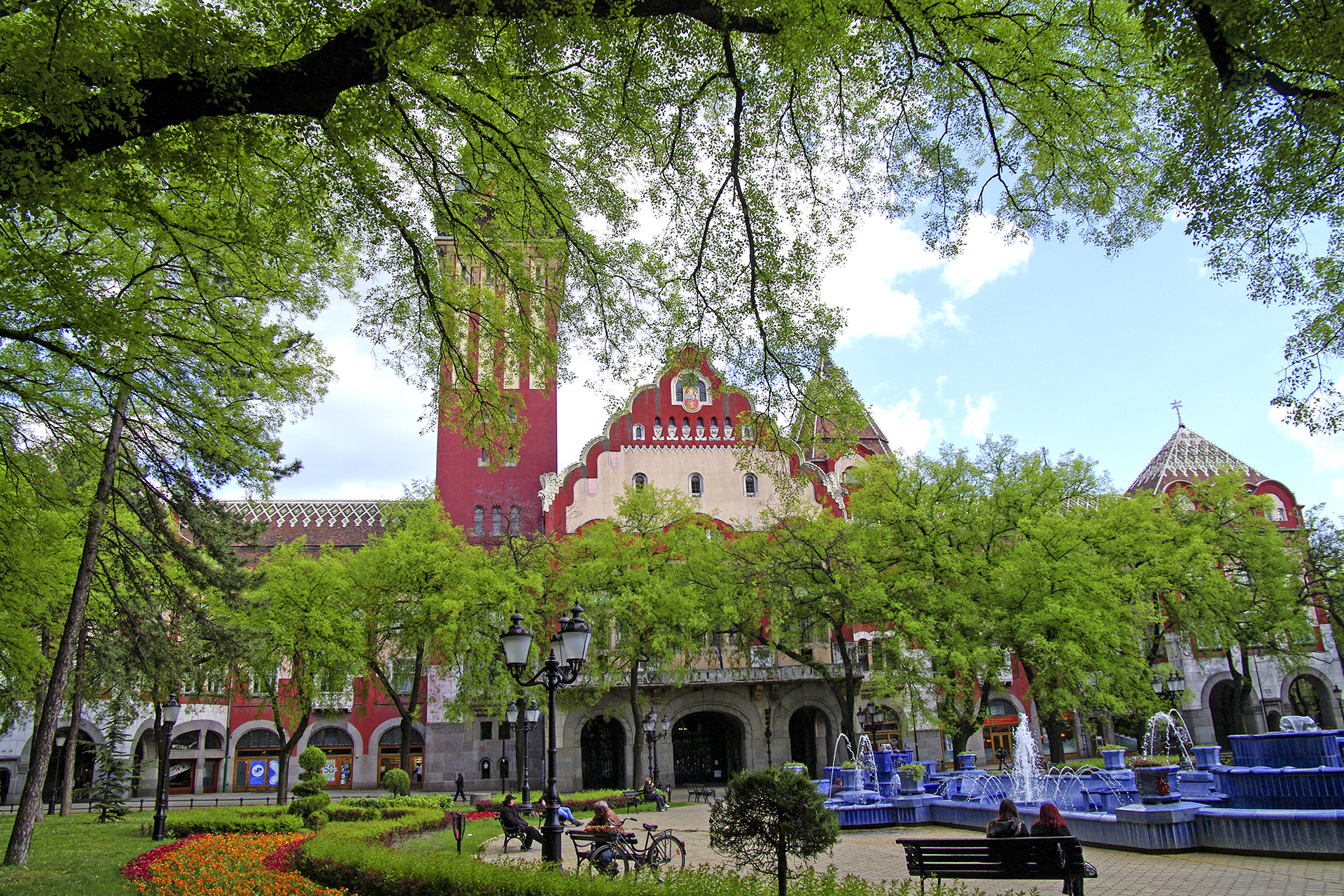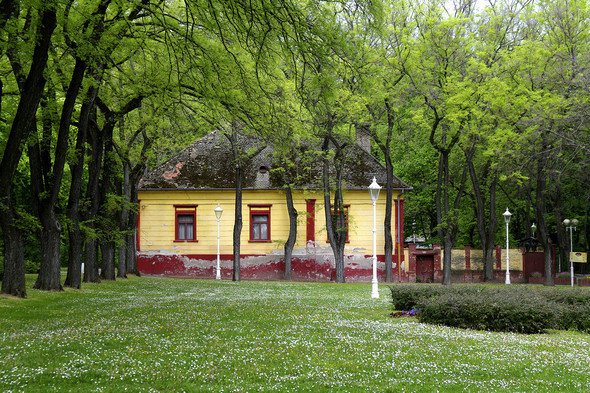Tokaj was not alone in suffering from the impacts of the peace settlement that marked the end of the First World War, the whole region had to cope with the aftermath of the war. A lesser-known, but equivalently painful story it is, since, just like the vineyards of the wine region of Csongrád, the vineyards of Subotica-Horgoš were also planted by investors and squires of that time. The upsurge of the region was owing to the Szeged-Subotica railway line that was built in 1869, what is more, by the end of 1897 even the construction of the Subotica-Palić tram line was completed. In 1897, the region’s most influential squire, the Kárász family, decided to sell their lands. It was when Béla Ormódy bought and parcelled the territory. The man, who was born in Miskolc and worked as a salesman in Szeged and later as a banker in Horgoš, established a world-class winery with the support of József Heinrich, a wine maker from Kiskunfélegyháza. The grape-planting continued year by year and Ormódy was appointed as the chairman of the Hungarian Wine-Planting PLC. By 1895, there were 823 acres of grapes to be found on the border. Shortly after that, the organization of Királyhalom was also founded. Swarming out of here, it is the merit of venturesome peasants that the modern wine-culture started to spread on the borders of Subotica, Mirgeš, Jileš and Soltvadkert. Until 1946, there was a champagne factory operating in Bački Vinogradi. After the peace of the First World War, the progress seemed to have stopped, however, owing to the quartz-rich soil, the phylloxera caused less damage here than elsewhere. It might be the case that the market preferences changed, or it was simply the consequence of the fact that wines lost market share, but it was at that time that the region’s Pálinka culture started to prosper.
Bač and beyond
Our destination, Subotica is located in the province of Vojvodina (Autonomna Pokrajina Vojvodina), even more precisely in northern Bačka (or Bácska as Hungarians call it). There are two kinds of soils dominating in this region, loess and sand. Near Subotica, for instance, there is the sand-hill of Subotica, 100-140 metres above sea-level. Interestingly enough, even though this territory is fairly close to Szeged, the Hungarian city that is considered to be the sunniest in the country, here, grapes enjoy even more of the sun. The number of sunny hours matches to that of the Croatian shore (Opatija), which is worthy of note! This tiny, but above important fact is what makes this land perfectly suitable for red wines. Although, it is essential to have a deep knowledge of the soil, seeing that lands with higher loess content are even more ideal for such purposes. There are two better-known lakes in the region, one of them is the largest lake of Vojvodina, the Palićko jezero (Palić Lake). While the other is the Ludasi Lake, the wetland, protected by the Ramsar Convention. Palić attracts tourists with its majestic villas that have already been renovated for multiple times. Regrettably, swimming is not possible in the lake. The history of Bács-Bodrog, the old Hungarian county, is full of wars which made it impossible for a homogenous population to develop here. Take Subotica as an example. It used to be a Hungarian city before the Turkish conquerors seized it. Although, later on, the territory was inhabited by a Serbian majority. (In 1715, according to the census, 97% of the population was Serbian, Bunjevic or Šokci.) Then, the Habsbourg’s strong settling policy made the county multinational. By the end of the XVIII. century, a German-Hungarian hegemony seemed to outline. The speciality of this era was the idea to establish New-Barcelona here on the place of today’s Zernjanin. It was because catalans fleed from Barcelona in 1735 and started to come to this region. However, they could only manage to cope with the hard climatic and economic conditions until 1738. As a matter of fact, they were the ones to establish today’s Zernjanin! Nowadays, 43% of the population of northern Bačka is Hungarian, 25% is Serbian, but there is a significant number of Croatian and Bunjevci people inhabiting the region. In connection with Bačka, it is worth mentioning the name of Bački Vinogradi, since it was known as Királyhalma, or Királyhalom. It got its name from the Serbians in 1946 (Bački Vinogradi), however, its borders were the old county borders as well as the vineyards’ borders in Csongrád. Thus, today, Bački Vinogradi is the one and only city with the prefix of “Bač” that does not lie within the borders of the historical Királyhalom. For those who would not have quenched their thirst for attractions yet, visiting the region’s largest city Subotica is a must! The historical city centre is breath-takingly beautiful, there are numerous Secessionist buildings to be seen. Those who know the nearby city of Szeged (in Hungary) will surely feel as if they were there. The innumerable common architectural features the two cities share make them be remarkably alike.

As for the wine region, it is estimated that there are no more than 200 hectares of grapes here, which is an interesting fact, knowing that once it had more than 5000. In Subotica, there are wine shops where each producer’s product can be purchased. Essentially, there are 4 leading wineries here, all of which we have already visited. It is worth bearing in mind that since Serbia is not the part of the European Union, we have to give an account of the alcohol with which we intend to cross the border.
Attractions: the city centre of Subotica, villa-district of Palic, Palićko jezero (Palić Lake), Ludasi Lake
Dining and food: Majkin Salas
Accommodation: Hotel Prezident (Palic), Hotel Galleria (Subotica)
Book: Those who would like to take a real page-turner with themselves, we recommend two books. The first, written by a famous Hungarian writer and poet, Dezső Kosztolányi who was born in Subotica. While the second writer is Danilo Kiš, another well-known person from Subotica with Hungarian, Serbian and Jewish roots.






